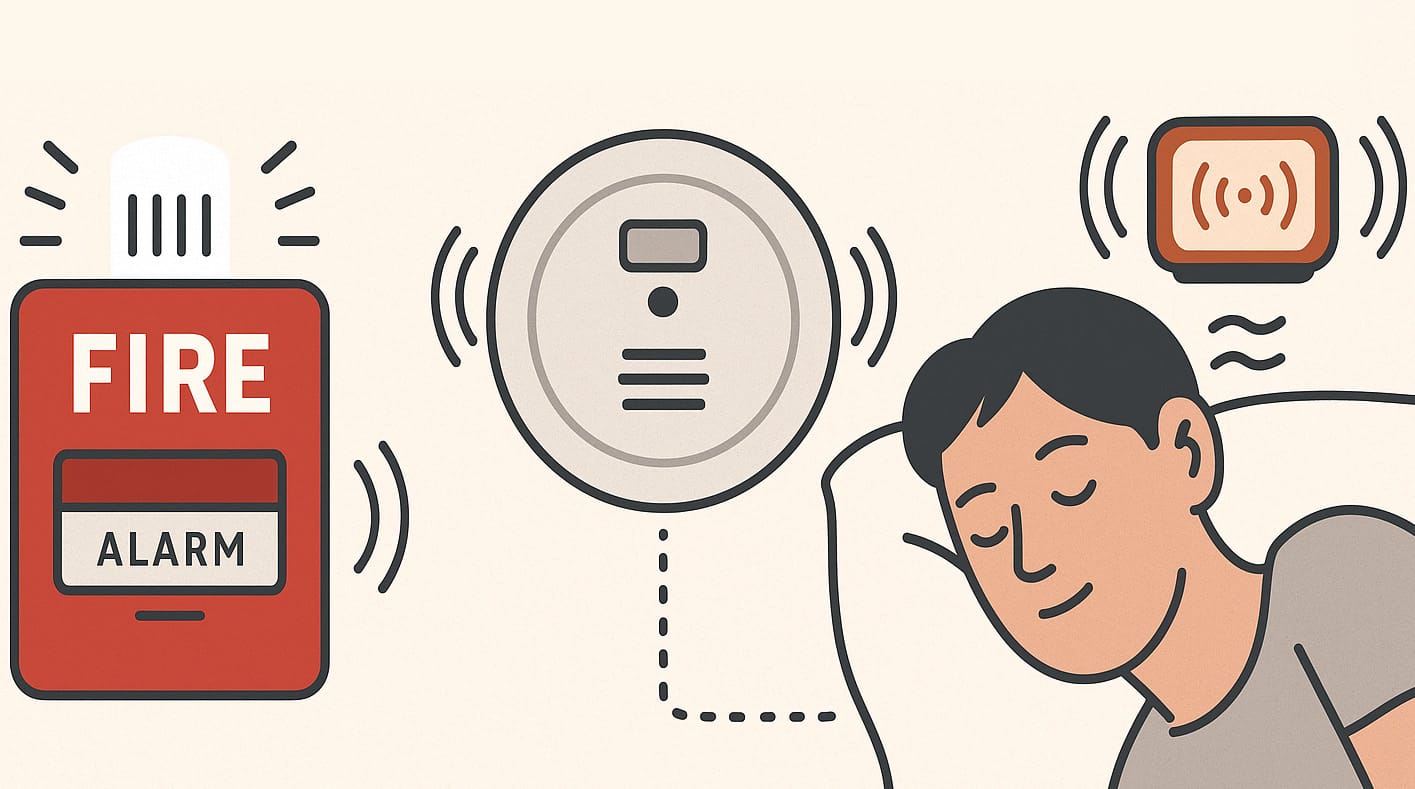Fire alarms are an integral component of any property’s safety system. There are various models designed to address various hazards and risks ranging from traditional systems to cutting edge smart technology systems.
Selecting an effective fire alarm for your building starts with conducting a comprehensive risk evaluation and understanding local fire safety regulations. From there, look for systems which prioritize protection with features like sensitivity monitoring and maintenance capabilities.
1. Detection
Fire alarm systems serve a primary function: warning building occupants when there’s an issue in their building. Such systems typically incorporate audible devices, such as horns and strobes, that activate when their fire panel receives alarm from one of its detectors.
Fire detection systems are designed to identify life-threatening and property-damaging hazards quickly and reliably, using sensors to monitor various aspects such as smoke, heat, carbon monoxide and water levels.
Fire alarm systems typically include sensors in locations like escape routes, adjoining rooms and high-risk rooms to respond quickly when problems are identified and warn all those within their immediate area of potential risks. This ensures everyone remains protected.
For optimal fire detection, regularly test your fire detectors by pressing their test buttons or purchasing aerosol smoke detector testers from hardware stores or online retailers that emit harmless fake smoke to activate the sensor. If a unit doesn’t turn off after several seconds or chirps to indicate battery drain, it may be time to replace it.
2. Sensitivity
Selecting a fire alarm that meets the risks your property faces can help save money and ensure the system functions effectively. Too little sensitivity might result in false alarms evacuating tenants for no real danger and dispatch being sent without real danger present; while too much sensitivity might mean it doesn’t detect smoke early enough in an outbreak that might have otherwise been avoided.
The best smoke detectors utilize either ionization or photoelectric technology to detect smoke. Ionization alarms use small amounts of radioactive material to ionize the air in their chamber; when smoke enters it disrupts this current and sets off an alarm – these types of detectors tend to be better at quickly responding than photoelectric detectors.
Combination fire alarms feature both ionization and photoelectric sensors to detect both slow-burning smoldering fires and fast-flaming ones, with some models offering voice alerts to inform occupants of what type of threat has been detected and reduce confusion during emergencies.
3. Installation
Selecting an ideal fire alarm system for your property is essential to its protection. Make sure it complies with UL standards, so in an emergency you can rely on its performance as expected. Look for alarms that feature interconnectivity for simultaneous alerts; those that are easy to maintain, have quick battery replacement capabilities and quick installation are particularly desirable.
Conventional fire alarms can be an ideal choice for smaller properties with straightforward layouts. These systems are more cost-effective than addressable alarms and can meet basic safety needs without creating extra complications.
If your property is large and complex, an addressable fire alarm system might be beneficial. These systems use a network of loops to detect fires quickly and determine their exact location quickly so emergency responders can reach them more quickly. Furthermore, addressable systems are more scalable than traditional ones so as your property grows, it can grow with you. Many residential alarms come equipped with cellular backup and smart home integration for added peace of mind; working in conjunction with smart speakers or hubs so homeowners can receive voice notifications of potential hazards within their home – giving homeowners greater peace of mind within their homes than ever before.
4. Monitoring
Home and business owners alike should invest in a monitored fire alarm system, as fires cause over $112 million annually in property damages. Installing such an alarm will protect against fire emergency hazards that could threaten their properties and will keep everyone safe.
Each property varies, so performing a fire risk analysis helps identify which type of fire detection technology will best meet its individual requirements. For larger properties, for instance, having both wired reliability and wireless adaptability can provide comprehensive coverage; depending on their occupants and use of space they might even require certain detection levels such as L1 general protection coverage or L3 escape route coverage detection levels.
Maintainability is another important aspect to consider, as regular battery replacement and cleaning is crucial to ensure optimal performance of a fire alarm system. Look for smoke detectors with user-friendly interfaces and self-diagnostic abilities for the easiest maintenance experience.
5. Maintenance
While a reliable fire alarm system can help protect property damage and reduce losses, its success requires regular maintenance. False alarms can interfere with daily operations, lead to morale issues among employees, and damage your reputation as well as prompt local emergency response agencies to red flag your system, leading to costly repairs or upgrades in response.
To reduce costs and stay ahead of evolving needs, choose a fire alarm system that can adapt with your building’s requirements. A scalable fire alarm system offers easier integration of new sensors while an all-encompassing framework can improve monitoring processes. Strategic placement of detectors should provide full coverage in all areas; open spaces such as parks may benefit from using smoke detectors while more intimate areas such as kitchens may need heat detectors to minimize unwanted alarms.
By conducting regular inspections and professional maintenance, you can demonstrate your dedication to fire safety while meeting regulatory requirements. Regular visual checks of alarm points should also be completed, along with tests to make sure manual call points function as intended and that fire doors close smoothly without being blocked or blocked from closing correctly.

